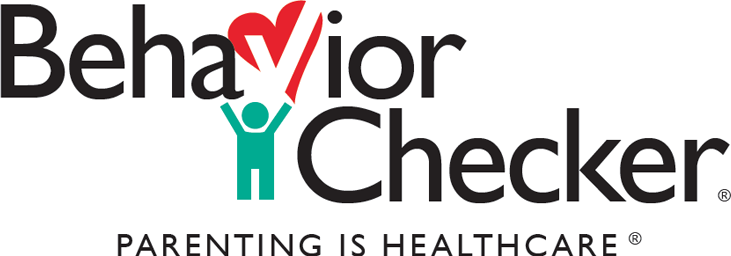What to do:
Self-talk. Say to yourself, "My child may not like to be bathed and diapered, but both need to be done. I can make it fun, not a power struggle."
Empathy. Ask yourself, "How do I feel when I don't want to stop having fun to get cleaned up? Not good! I understand why my child sometimes doesn't like to get diapered or take a bath."
Teach. Tell yourself, "I can help my child learn that being clean feels so good, and that getting his clean diaper on and taking a bath can be fun."
Play Beat-the-Clock to Get in the Bath. Say, "Let's see if you can get ready for your bath before the timer rings." Then set your phone timer for 5 minutes. "The timer is going. Can you be in the bath before the timer goes off?" Praise his effort; and when he beats the clock, reward him with a hug.
Encourage Your Child by Praising His Help. Ask your child to wash his own tummy, rub on the soap, or open the diaper to give him a feeling of controlling and participating in his own care. Even the slightest sign of cooperation is a reason to give him praise.
Also, pour on the words of encouragement. The more your child gets attention for acting as you'd prefer, the more he'll repeat the action to get your praise. He's looking for your approval, so give it to him! Say, "I really like how you put that shampoo on your hair," or, "That's great, the way you're sitting up in the tub," or, "Thanks for lying down (or standing still) so nicely while I diaper you. It's awesome that you are helping with your bath."
Remain Calm and Ignore the Noise. Don't pay attention to the noise-just keep calm while you bathe or diaper your child. He will learn that noise doesn't stop the process of getting clean.
Prepare Your Child for the Cleanup Event. Give your child some warning before diapering or bathing to make the transition from playtime to bath time less abrupt. Set your phone timer for 5 minutes and say, "When the timer rings, it will be time for the tub," or, "In a few minutes, we will change your diaper."
Compliment Your Child When Cleanup is Finished. Tell your child how delightful he looks and smells. Ask him to go look in the mirror and admire his clean self! This will remind him of why he needs to have a bath or have his diaper changed-and help him take pride in taking care of his body.
Distract and pay positive attention. Talk to your child, recite rhymes and sing songs as you describe what you are doing that is so good for your child-washing his toes and helping him get clean, for example. Added benefit? He hears more words!
Use Grandma's Rule. Let your child know that when he's done something you want him to do (like taking a bath), he can do something he wants to do (like read a story). Say, "When your bath is over, then we'll have a story," or, "When we're finished changing your diaper, then you may play with your blocks."
Make Sure Your Child Has Really Taken a Bath or Shower When He Tells You He Has. Many children in the 8 to 12 age group may fake bathing. When your child fakes a shower, tell him that you will come into the bathroom to supervise. The "sniff test" will verify the shower or bath has indeed been taken!
What not to do:
Don't Demand Cooperation. Just because you demand that your child get diapered doesn't mean he's going to lie still while you do it.
Don't Punish Lack of Cooperation. Acting rough and tough yourself only teaches him to be rough and tough, too.
Don't Make Cleanup Painful. Try to make cleanup as comfortable as possible for your child. Provide towels he can use to wipe his eyes, make the bathwater temperature just right, wrap him in a robe after you're done, and so on.
Don't Avoid Cleanup. Just because your child resists getting clean doesn't mean you should back down. His refusing to get cleaned up can be overcome by persistence, practice, and patience!
